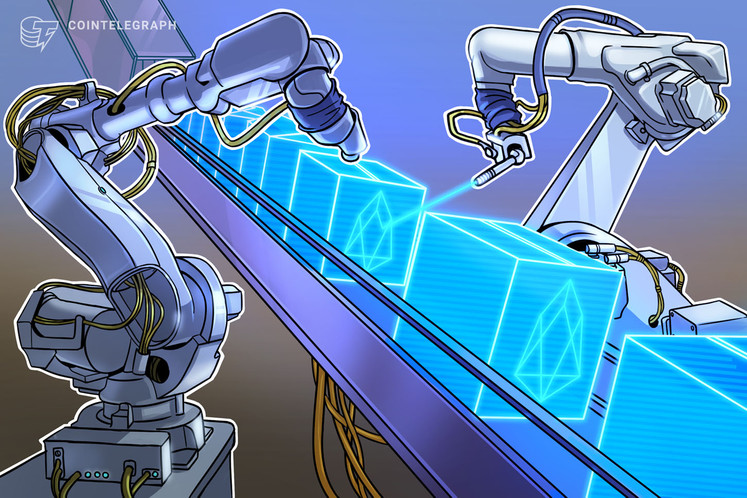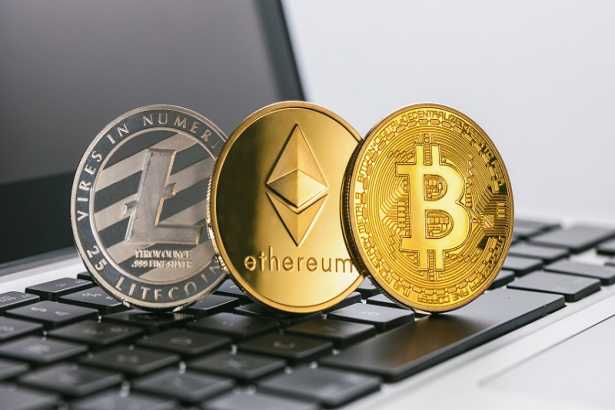16
News related to Crypto / Record-high Bitcoin whale population is bullish for BTC price — Analyst
« on: August 26, 2020, 11:06:06 AM »
The number of Bitcoin whales has hit a new all-time high, signalling that BTC is still in an accumulation phase.

In recent weeks, the number of Bitcoin (BTC) addresses holding over 1,000 BTC — often referred to as “whales” — rapidly increased to around 2,088. This trend started shortly after Bitcoin price crashed to $3,600 in March.
The data is relevant because historical data suggests that aggressive accumulation by large investors is typically a sign of a new bull cycle.
Throughout the past six years, Bitcoin has seen periods of inverse correlation between whale accumulation phases and BTC price. Whenever the number of addresses holding substantial amounts of BTC dropped off, the price of BTC declined.
Positive on-chain data sparks optimism for Bitcoin
Whales tend to follow areas that have the most liquidity, as they deal with large amounts of Bitcoin. As such, when whales believe the price of BTC has reached a top, they sell quickly, causing the number of large addresses holding BTC to drop.
As an example, in early 2018, after the price of Bitcoin hit $20,000, the number of Bitcoin addresses with 1,000 BTC ($11 million) declined to levels unseen since 2014.
Another on-chain metric that is not limited to whales suggests investors are generally accumulating more Bitcoin than before. Glassnode found that addresses that never spent BTC but have been active in the last seven years increased noticeably since 2018. The researchers wrote:
“There are over 500,000 #Bitcoin "accumulation addresses" holding a total of 2.6M $BTC (~14%) Accumulation addresses: have 2+ incoming txs [transactions], never spent BTC, were active in the past 7 years (accounting for lost coins), exchanges and miners are exclude.
More Details: https://cointelegraph.com/news/record-high-bitcoin-whale-population-is-bullish-for-btc-price-analyst

In recent weeks, the number of Bitcoin (BTC) addresses holding over 1,000 BTC — often referred to as “whales” — rapidly increased to around 2,088. This trend started shortly after Bitcoin price crashed to $3,600 in March.
The data is relevant because historical data suggests that aggressive accumulation by large investors is typically a sign of a new bull cycle.
Throughout the past six years, Bitcoin has seen periods of inverse correlation between whale accumulation phases and BTC price. Whenever the number of addresses holding substantial amounts of BTC dropped off, the price of BTC declined.
Positive on-chain data sparks optimism for Bitcoin
Whales tend to follow areas that have the most liquidity, as they deal with large amounts of Bitcoin. As such, when whales believe the price of BTC has reached a top, they sell quickly, causing the number of large addresses holding BTC to drop.
As an example, in early 2018, after the price of Bitcoin hit $20,000, the number of Bitcoin addresses with 1,000 BTC ($11 million) declined to levels unseen since 2014.
Another on-chain metric that is not limited to whales suggests investors are generally accumulating more Bitcoin than before. Glassnode found that addresses that never spent BTC but have been active in the last seven years increased noticeably since 2018. The researchers wrote:
“There are over 500,000 #Bitcoin "accumulation addresses" holding a total of 2.6M $BTC (~14%) Accumulation addresses: have 2+ incoming txs [transactions], never spent BTC, were active in the past 7 years (accounting for lost coins), exchanges and miners are exclude.
More Details: https://cointelegraph.com/news/record-high-bitcoin-whale-population-is-bullish-for-btc-price-analyst



 Latest news:
Latest news: 





 Shop
Shop
 Bidding Open
Bidding Open














